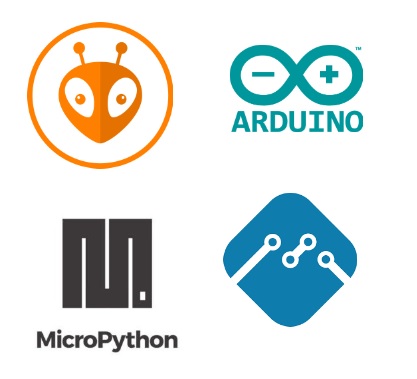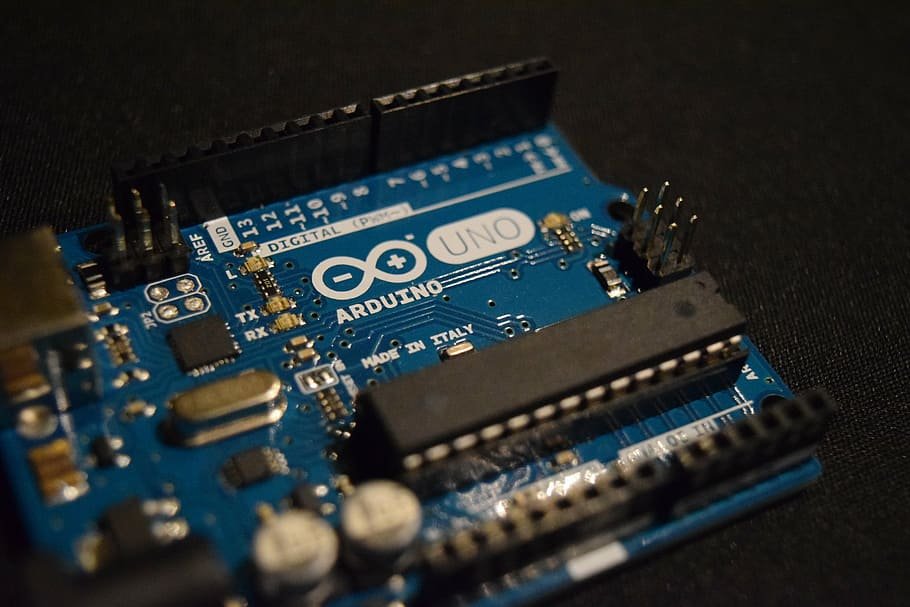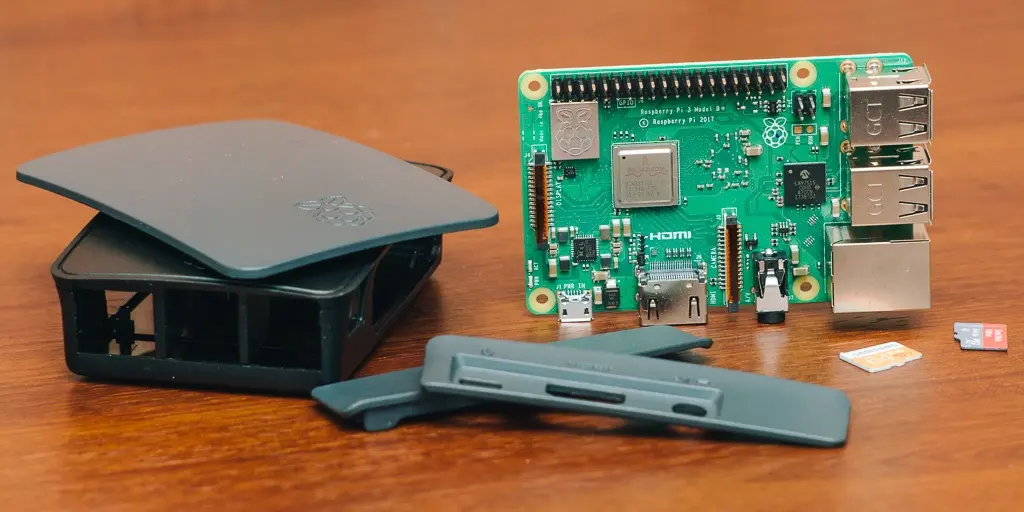
When it comes to IoT, the ESP32 is a chip that packs a powerful punch. The ESP32 is a follow-up to the ESP8266. This low-cost system on a chip (SoC) series was created by Espressif Systems. Based on its value for the price, small size, and relatively low power consumption, the ESP32 is well-suited to many different IoT applications.
ESP32 is a chip that provides Wi-Fi and (in some models) Bluetooth connectivity for embedded devices – in other words, for IoT devices. While ESP32 is technically just the chip, the modules and development boards that contain this chip are often also referred to as “ESP32” by the manufacturer.
The original ESP32 chip had a single-core Tensilica Xtensa LX6 microprocessor. The processor had a clock rate of over 240 MHz, which made for a relatively high data processing speed.
More recently, new models were added, including the ESP32-C and -S series, which include both single and dual-core variations. These two series also rely on a Risc-V CPU model instead of Xtensa. Risc-V is similar to the ARM architecture, which is well-supported and well-known, but Risc-V is open-source and easy to use. Specifically, Risc-V and ARM have good support from GNU compilers, while the Xtensa needed extra support and development to work with the compilers.
The newer models are available with combined Wi-Fi and Bluetooth connectivity, or just Wi-Fi connectivity. There are several different chip models available, including:
-
- ESP32-D0WDQ6 (and ESP32D0WD)
-
- ESP32-D2WD
-
- ESP32-S0WD
-
- System in package (SiP) – ESP32-PICO-D4
-
- ESP32 S series
-
- ESP32-C series
-
- ESP32-H series
ESP32 functions
ESP32 has many applications when it comes to IoT. Here are just some of the IoT functions the chip is used for:
- Networking: The module’s Wi-Fi antenna and dual-core enables embedded devices to connect to routers and transmit data.
- Data processing: Includes processing basic inputs from analog and digital sensors too far more complex calculations with an RTOSor non-OS software development kit (SDK). A non-OS SDK refers to one that is designed to run directly on the chip without a full operating system supporting it.
- P2P connectivity: Creates direct communication between different ESPs and other devices using IoT P2P connectivity.
- Webserver: Provides access to pages written in HTML or development languages.
ESP32 microcontroller applications
ESP32 entered the scene in 2016 as an improved version of the ESP8266. It includes Bluetooth, more memory, processing speed, dual core and a lot of peripherals (Touch, CAN, SDIO, I2S).
Thanks to these features, the ESP32 is being used in several areas:
- IoT devices: The ESP32 is often used to build IoT devices due to its built-in Wi-Fi and Bluetooth capabilities. It can be used to create smart home devices, environmental sensors, and more.
- Home automation: ESP32-based devices can control lights, thermostats, and other home appliances through Wi-Fi or Bluetooth connections, making it a popular choice for DIY home automation projects.
- Wireless communication: It can be used for wireless communication in various applications, such as creating mesh networks, remote control systems, and data transmission between devices.
- Robotics: ESP32 can be used as the control unit in robotics projects, providing wireless control and communication capabilities to robots.
- Wearable devices: Due to its compact size and low power consumption, the ESP32 is suitable for wearable IoT devices, including smartwatches, fitness trackers, and health monitoring products.
- Industrial automation: ESP32 microcontrollers can be integrated into industrial systems for remote monitoring and control, as well as for predictive maintenance. This is a great ally for industrial IoT applications since companies can improve their operations with the help of this technology.
- Environmental monitoring: It can be used to build environmental monitoring systems for measuring air quality, pollution levels, and weather conditions.
- Education and prototyping: The ESP32 is popular in educational settings for teaching electronics and programming due to its affordability and versatility. It’s also widely used for rapid prototyping of IoT and embedded systems projects (see prototype examples).
- Security Systems: It can be used in DIY security systems, including cameras, alarms, and access control systems.
- Healthcare: ESP32 can be used in several healthcare solutions, such as patient monitoring, medication reminders, and telemedicine devices.
Advantages of using ESP32
Cost
Using ESP32 reduces the cost of hardware. Commonly, the cost of a ready-to-use ESP32 development board in the market is around 6 USD. Which is significantly cheap for a dual-core chip with built-in wifi and Bluetooth. Other alternatives like NRF on average cost 20 USD.
Frameworks

Thanks to the ESP32 specs, it is supported on many platforms using different SDKs and programming languages. Here are some of them:
- Arduino (C/C++)
- IDF, ADF (Mostly C)
- Platform (C/C++)
- MicroPython (Python)
- Mongoose OS (JavaScript/C)
- espruino (JavaScript)
This allows you to have different options when developing firmware and save time by using pre-existing libraries for specific applications; you can get a great advantage of this by hiring a professional embedded software development service.
Only by going to the manufacturer’s official website can you find specialized SDKs for IoT such as IDF, audio ADF, ESP-Mesh wireless connectivity, and ESP-Matter.
These SDKs also include common solutions for a product or prototype, such as storage management, command console generation, OTA, and WIFI provisioning.







Thanks for a marvelous posting! I actually enjoyed reading it, you happen to be a great author.I
will ensure that I bookmark your blog and definitely will
come back later on. I want to encourage you continue your great writing, have a nice morning!
Thanks for your comment.
I used to be suggested this blog via my cousin. I’m no longer sure whether or not
this post is written via him as nobody else
know such unique about my difficulty. You’re wonderful!
Thank you!
Thanks for your comment.